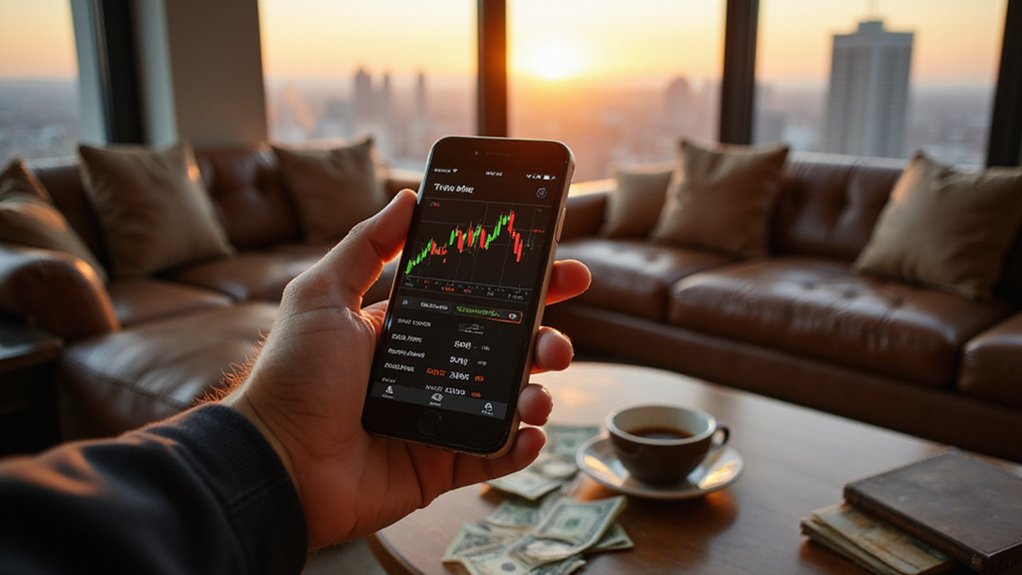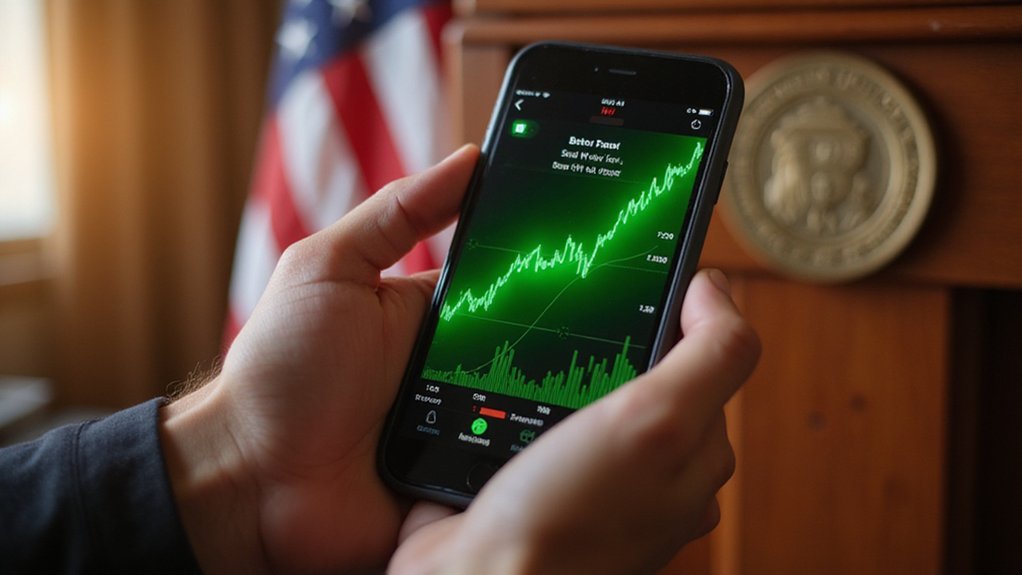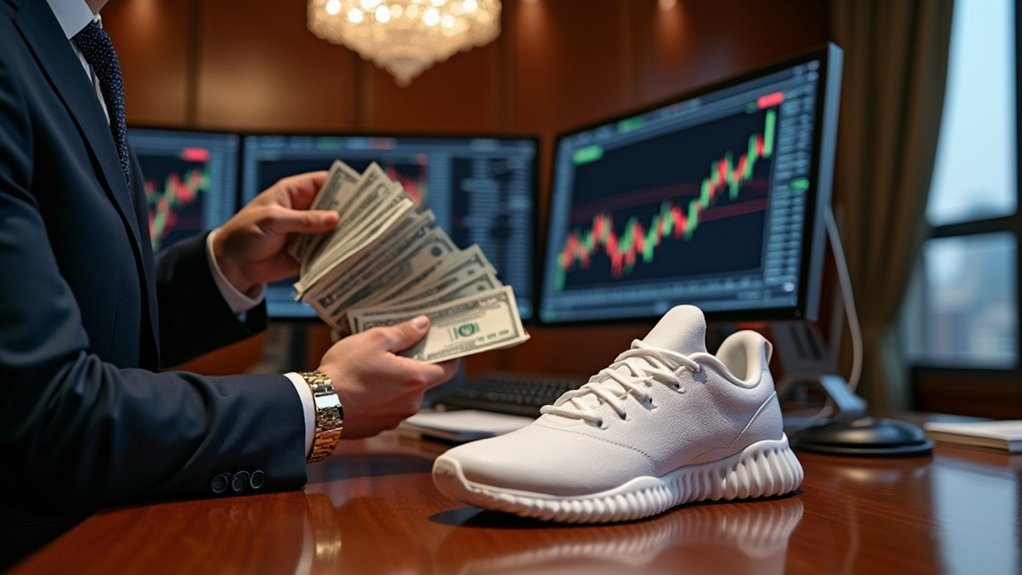While most investors approach markets with the measured caution of someone handling nitroglycerin, a determined subset embraces trading tactics that would make a casino pit boss blush. These practitioners of financial daredevilry have occasionally achieved legendary status—transforming modest stakes into fortunes through strategies that statisticians would classify as statistically suicidal.
The mathematics behind such transformations reveal both the allure and the trap. High-frequency traders demonstrate that aggressive tactics can generate substantial risk-adjusted returns, but only through obsessive inventory control and lightning-fast position turnover. Professional HFTs maintain median end-of-day inventories around 49 contracts precisely because they understand what amateur fortune-seekers often ignore: minimizing exposure allows rapid reaction to adverse market movements.
The retail trading landscape presents a sobering counterpoint to success stories. Approximately 90% of day traders lose 90% of their capital within 90 days—a statistic that makes Russian roulette seem like a reasonable investment strategy. The culprit? Leverage usage, employed frequently by 43.6% of traders, which correlates with average negative returns of -4.53%.
Position sizing, the most common risk management tool among the surviving 31.1% who reduce exposure during losing streaks, becomes the difference between cautionary tale and case study. In contrast, crypto staking offers annual returns between 5-15% with significantly less volatility risk for those seeking steadier income generation.
Opportunistic algorithms provide insight into successful aggression. These systems execute 73% of transactions by taking liquidity, posting orders deeper in limit books while targeting infrequent but substantial profits. However, they accomplish this through sophisticated directional signals from order book imbalances—hardly the gut-feeling approach that characterizes most retail speculation. Trading crypto and futures, the two most popular asset classes with 31.9% participation each, demands particularly sophisticated risk management given their extreme volatility profiles.
The psychological dimension proves equally treacherous. Dealing with losses affects 39.4% of traders emotionally, while fear of missing out and impatience plague another 27.3%. These behavioral biases compound the mathematical disadvantages inherent in leveraged speculation. Typical traders endure financial losses for six months before abandoning their ambitious pursuits.
Success stories like turning $6,800 into $1.5 million capture imaginations precisely because they represent outliers defying overwhelming odds. The 1% who achieve long-term profitability over five years typically combine aggressive position-taking with disciplined risk management—maintaining the delicate balance between calculated aggression and prudent caution.
Most participants, however, discover that markets possess an efficient mechanism for separating the bold from their capital.




